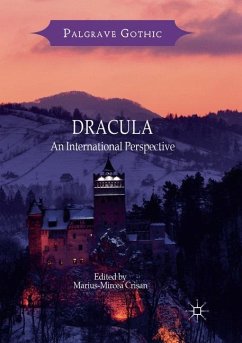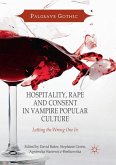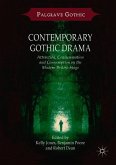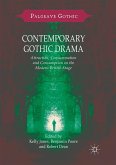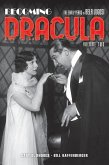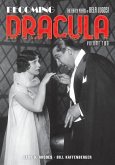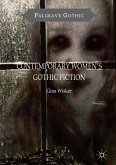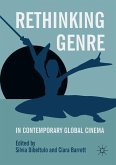This volume analyses the role of Bram Stoker's Dracula and its sequels in the evolution of the Gothic. As well as the transformation of the Gothic location-from castles, cemeteries and churches to the modern urban gothic-this volume explores the evolution of the undead considering a range of media from the 19th century protagonist to sympathetic contemporary vampires of teen Gothic. Based on an interdisciplinary approach (literature, tourism, and film), the book argues that the development of the Dracula myth is the result of complex international influences and cultural interactions. Offering a multifarious perspective, this volume is a reference work that will be useful to both academic and general readers.
"There is a real wealth of different topics here that often strays beyond strictly Dracula and would be a suitable resource to vampire or Gothic studies in general. ... For those teaching Dracula it would be a great text to set on the reading list for courses that focused on any of the above. Individual chapters would also be a fantastic resource for anyone ... ." (Matthew Crofts, Revenant, revenantjournal.com, Issue 9, 2023)
"Dracula: An International Perspective offers a kaleidoscopic view of how Dracula has generated new discourses within the Gothic and how it keeps influencing even our everyday reality. It should be an essential item in libraries of colleges and universities where Stoker's vampire classic is on the reading list, for it indeed presents a variety of new perspectives of this neveraging novel." (Ildikó Limpár, Hungarian Journalof English and American Studies, Vol. 25 (1), 2019)
"Dracula: An International Perspective offers a kaleidoscopic view of how Dracula has generated new discourses within the Gothic and how it keeps influencing even our everyday reality. It should be an essential item in libraries of colleges and universities where Stoker's vampire classic is on the reading list, for it indeed presents a variety of new perspectives of this neveraging novel." (Ildikó Limpár, Hungarian Journalof English and American Studies, Vol. 25 (1), 2019)

